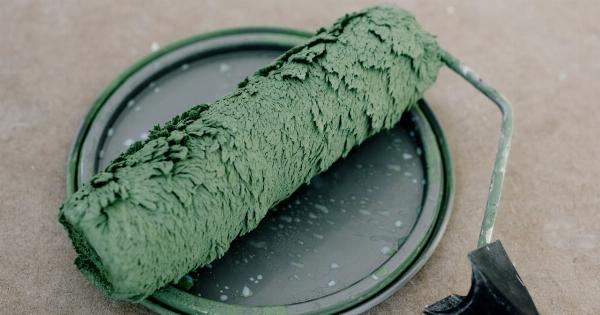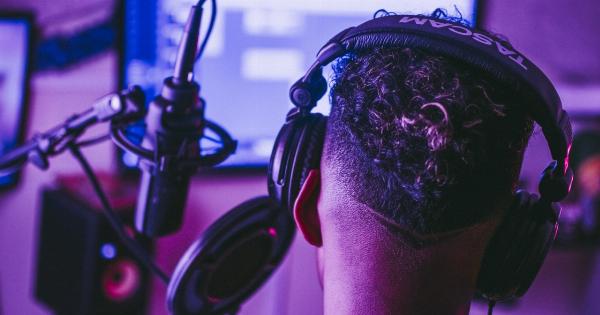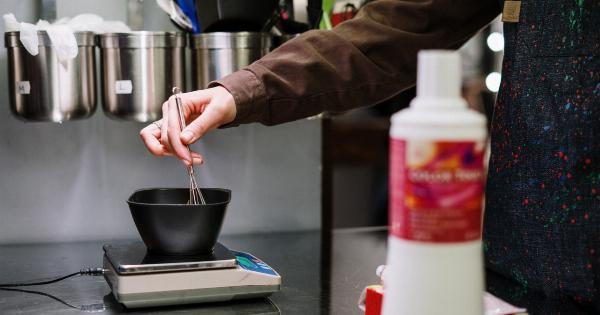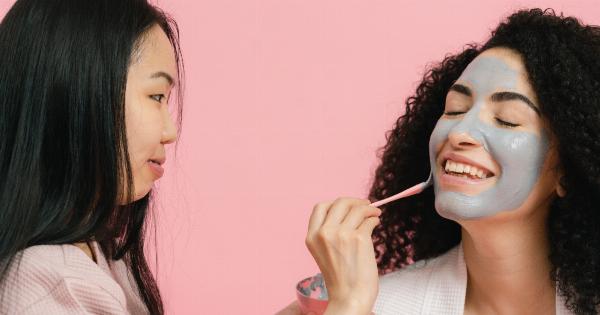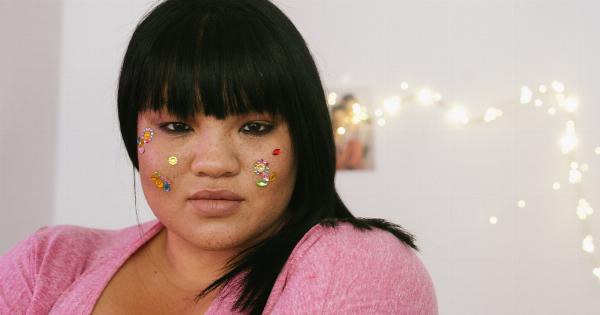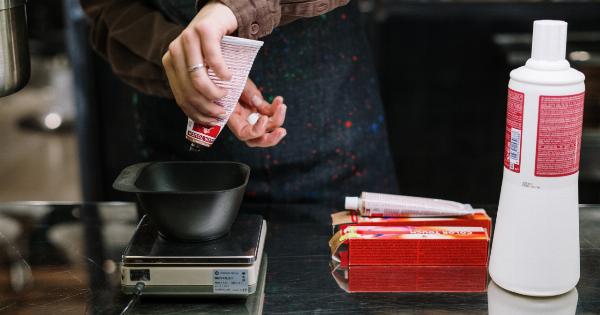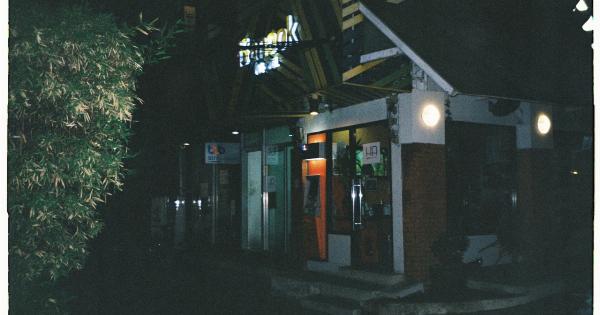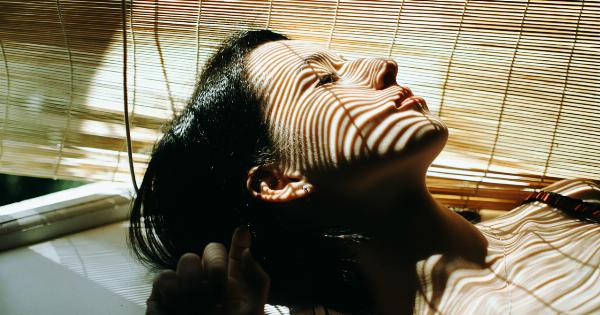Blonde hair has forever been a symbol of femininity and sophistication. For years, women have been bleaching and colouring their hair to achieve the perfect shade of blonde.
However, blonde hair is notoriously hard to maintain, especially when it comes to hair dye. Dyes tend to fade quickly, leaving women with unwanted brassy tones or dullness.
The good news is that new research has found that women’s genes make blonde hair dye more durable. This finding could help women maintain their blonde hair for longer and reduce the need for frequent touch-ups or salon visits.
The Science Behind Blonde Hair and Hair Dye
To understand why blonde hair dye is notoriously hard to maintain, it’s essential to know what causes blonde hair in the first place. Blonde hair is caused by a mutation in the MC1R gene, which results in less melanin production.
Melanin is the pigment that gives hair its colour, and the less melanin hair contains, the lighter it appears.
When it comes to hair dye, the durability of the colour depends on how well it binds to the hair shaft. In the case of blonde hair, the hair shaft is much smoother, thanks to the lack of melanin.
This means that hair dye molecules have a harder time penetrating the hair shaft and binding to it, resulting in quicker fading and a loss of vibrancy.
The Link Between Women’s Genes and Blonde Hair Dye Durability
The latest research has found that the same gene mutation that causes blonde hair – MC1R – may also be responsible for making blonde hair dye more durable in women.
The study, conducted by University College London and published in Nature Genetics, analysed genetic data from over 300,000 women of European descent.
The researchers found that women who carried the MC1R gene mutation had a stronger bond between hair dye molecules and their hair shaft. This bond was up to 30% stronger in women with the gene mutation than those without it.
One of the researchers involved in the study, Professor Tim Spector, explained the findings: “We already know that women generally have more durable hair dye than men because their hair is smaller in diameter, so the dye penetrates more deeply.
But this study shows that genetics also plays a role in hair dye durability.”.
The Implications of the Findings
These findings have several implications for the beauty and hair industry. For starters, they could help manufacturers develop hair dyes that are better suited for women with blonde hair.
By understanding the genetic makeup of women’s hair, companies could create formulations that are more effective at binding to the hair shaft and delivering long-lasting results.
The findings could also help women maintain their blonde hair for longer and reduce the need for frequent touch-ups or salon visits.
With more durable hair dye, women can enjoy their blonde hair without worrying about it fading or losing vibrancy quickly.
Overall, the research highlights the importance of understanding the genetic makeup of different hair types and how it affects their ability to hold and maintain hair dye.
With more research in this area, we can expect to see more innovations in hair dye formulations that deliver long-lasting, vibrant results for all hair types.
Conclusion
In conclusion, the latest research has found that women’s genes make blonde hair dye more durable, thanks to the same gene mutation that causes blonde hair.
This discovery has significant implications for the beauty industry, as it could help manufacturers create hair dyes that are better suited for women with blonde hair and improve the durability of existing formulations. For women, the findings offer hope for maintaining blonde hair for longer without the need for frequent touch-ups or salon visits.



